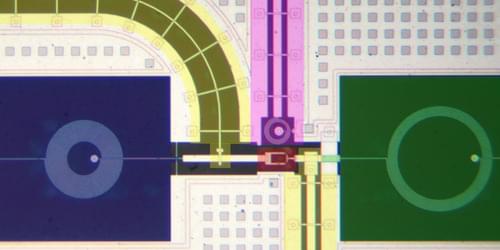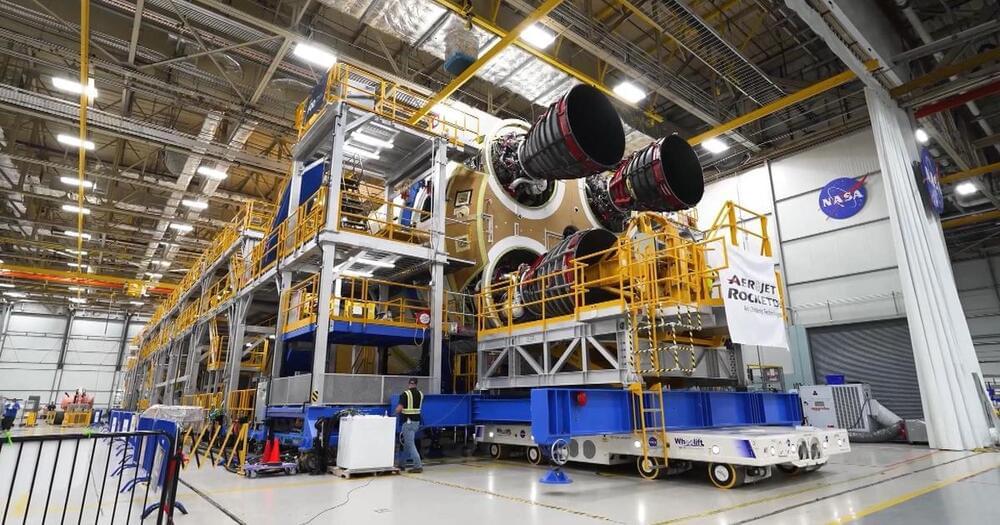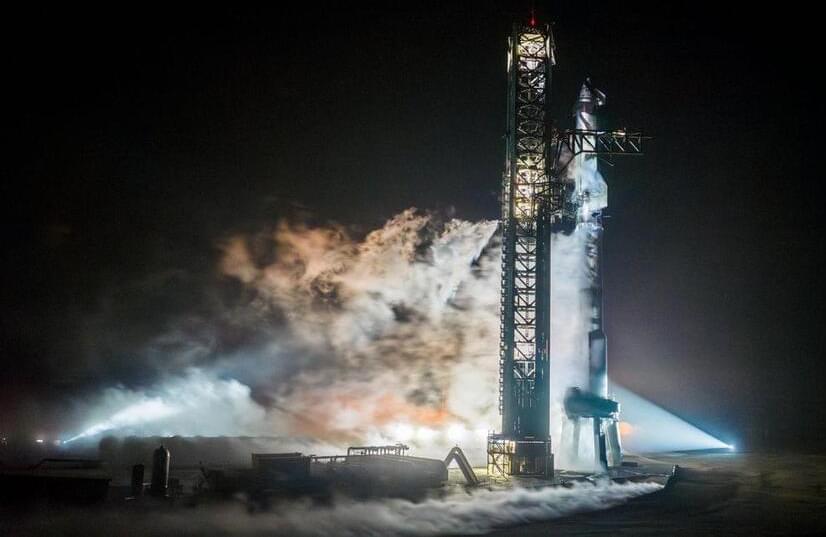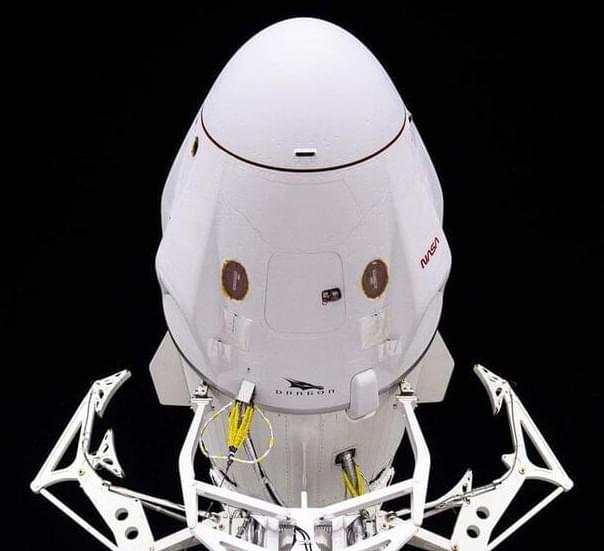The demonstration of a device that can triple the number of photons in a microwave signal is a key step toward making a single-microwave-photon detector.
The ability to detect a single microwave photon’s worth of energy remains beyond the capability of any tool in the photonics toolbox. Detectors for one photon’s worth of energy at other photon wavelengths mostly identify the energy via the electrical signals that the photons induce after they hit the detector and are converted into electrons. However, the energies of microwave photons are too low for this process to work effectively. Fortunately, superconducting circuits provide a platform for turning one microwave photon into many, making such photons easier to detect. In a joint effort, researchers at Grenoble Alpes University in France and at the University of Sherbrooke in Canada have now demonstrated a device that can multiply the photons in a weak microwave signal [1]. The demonstration provides a key first step in creating a single-microwave-photon detector.
While detectors for optical photons have existed for decades, scientists only started developing detectors for microwave photons in the past 15 years. The wish list for an effective microwave-photon detector is daunting: it should respond to traveling photons, and not only those localized in space [2– 5]; it should have sufficient sensitivity to register a signal from a single photon [6]; it should be able to count how many photons are in a signal [7]; it should not register so-called dark counts, hits recorded when the microwave source is off; and finally, its lag time between detections should be as short as possible. One proposed way to achieve these goals is to build a microwave-photon detector using the photon-number multiplier that Romain Albert and colleagues have now demonstrated [1, 8].







